The US Thermal Ceramics Market is characterized by a diverse and competitive landscape, driven by various factors such as increasing demand for high-performance materials across industries, stringent regulations concerning energy efficiency, and advancements in manufacturing processes. With a focus on thermal insulation, fire protection, and energy efficiency, the market comprises companies that work to innovate and enhance their product offerings. Competitors are continuously striving to differentiate themselves through technology, customer service, and product performance, making it essential for stakeholders to remain alert to emerging trends and shifts in consumer preferences.
This dynamic environment is marked by strategic partnerships, mergers and acquisitions, and a growing emphasis on sustainability, which collectively shape the market's trajectory.Mitsubishi Corporation has made a notable impact in the US Thermal Ceramics Market, leveraging its extensive global network and resources to supply high-quality thermal insulation products that cater to a wide array of applications. The company’s strengths lie in its robust research and development capabilities, allowing it to adapt to evolving market demands effectively. By focusing on technology-driven solutions, Mitsubishi Corporation has established a solid market presence characterized by innovative products that meet rigorous industry standards.
Their commitment to customer satisfaction and quality assurance has enabled them to retain a loyal client base while successfully penetrating new market segments within the United States. Strategic collaborations and investments ensure that Mitsubishi remains aligned with market trends, further enhancing its competitive positioning.Almatis is a prominent player in the US Thermal Ceramics Market known for its specialized offerings which include alumina-based materials designed for high-temperature applications. The company has built a strong reputation based on its technical excellence and a deep understanding of customer requirements in various industries.
Almatis boasts a comprehensive portfolio of key products and services that emphasize quality and reliability, including refractory and ceramic materials tailored for specific needs. Its market presence is bolstered by strategic investments and alliances that allow for continuous innovation and expansion in the US region. With a focus on sustainability and operational efficiency, Almatis has successfully navigated industry challenges, positioning itself as a competitive force in the market. The company's proactive approach to mergers and acquisitions further enhances its capabilities, enabling enhanced product offerings and an expanded market footprint, allowing Almatis to serve its clients effectively in an evolving landscape.


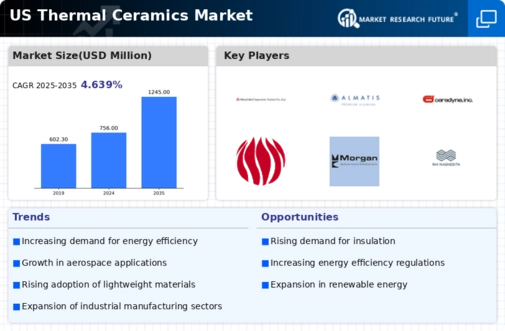
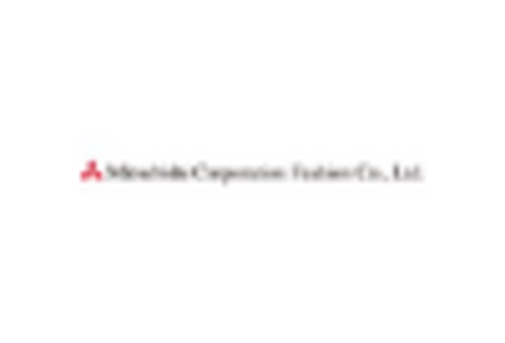
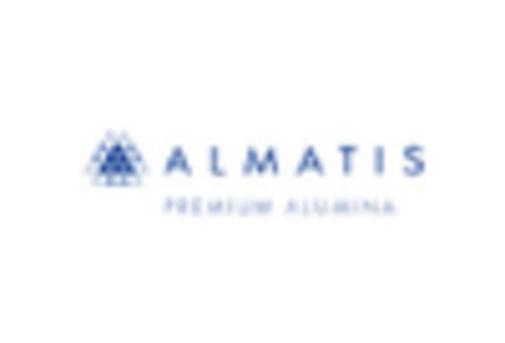
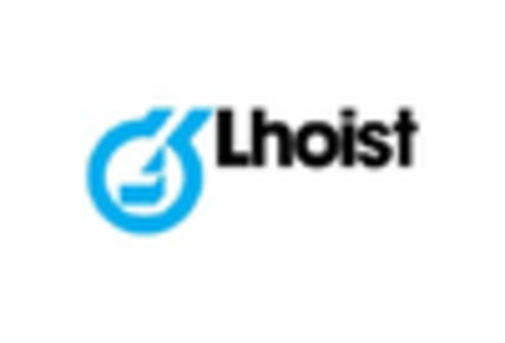

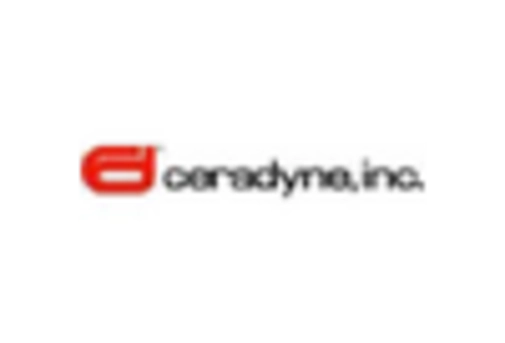
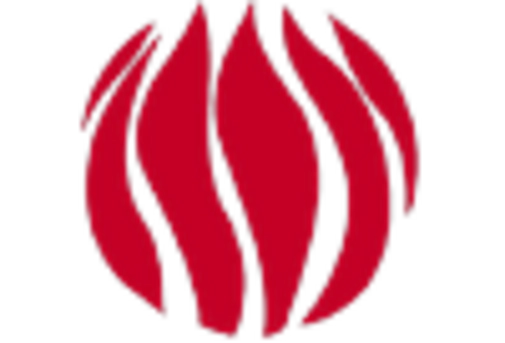
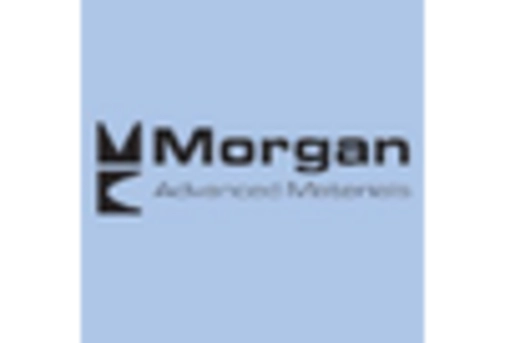
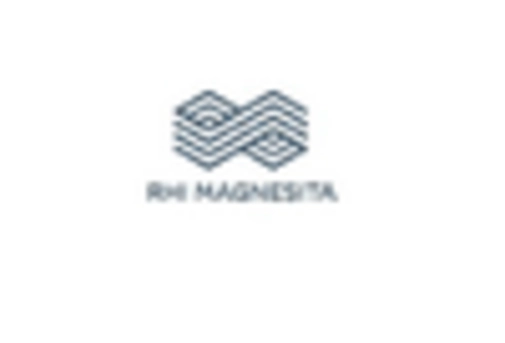
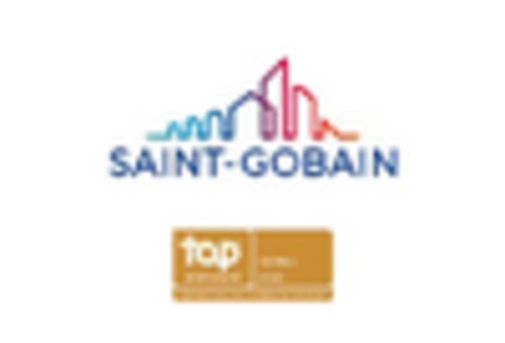
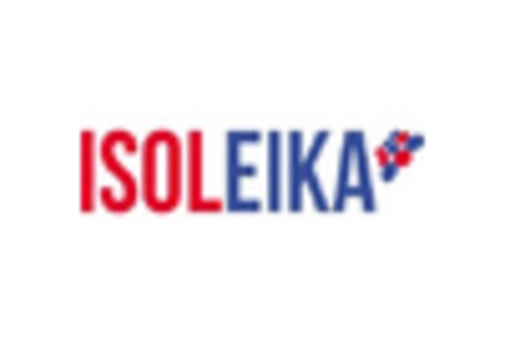








Leave a Comment